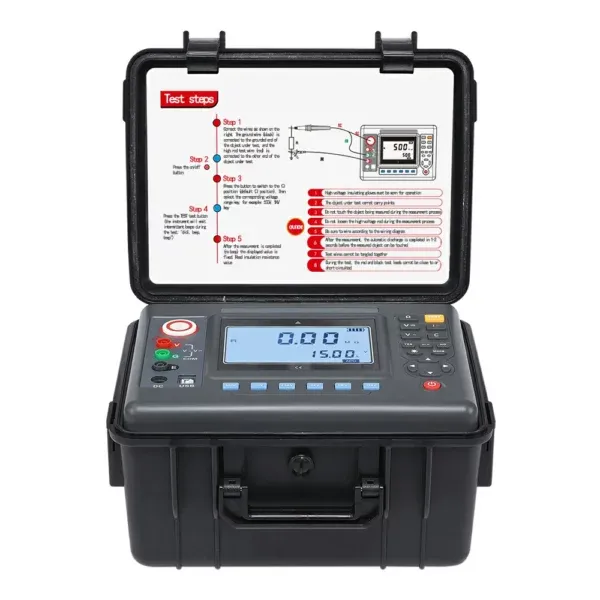 English
English


Ethanol Distillation Equipment for Efficient Alcohol Production and Purification Techniques
Ethanol Distillation Equipment An Overview
Ethanol distillation is a crucial process in the production of high-purity ethanol, widely used in various industries including pharmaceuticals, food and beverage, and biofuels. Distillation equipment is essential for separating ethanol from fermentation broth or various mixtures, maximizing yield, and ensuring the final product's quality. In this article, we will delve into the types of distillation equipment used for ethanol production, their functionalities, and the technological advancements that are shaping the industry.
At its core, ethanol distillation is based on the principle of boiling point differences. Ethanol has a boiling point of 78.37°C, which is lower than that of water (100°C). This property allows for the effective separation of ethanol from water and other components present in the mixture. The common types of distillation equipment used in this process include pot stills, column stills, and vacuum distillation units.
Pot Still Distillation Pot stills are one of the oldest forms of distillation equipment, consisting of a large vessel where the mixture is heated. As the temperature rises, ethanol vaporizes and moves to the condenser, where it is cooled back into liquid form. While pot stills are relatively straightforward and inexpensive, they tend to be less efficient than more advanced methods, as they typically require multiple batches to achieve the desired purity.
Column Distillation In contrast to pot stills, column stills offer a more continuous and efficient distillation process. These systems consist of a vertical column filled with packing material, which enhances the separation of components during the vaporization and condensation cycles. Column distillation can achieve higher purity levels of ethanol in a single run, significantly reducing the time and energy required for production. This has made column stills the preferred choice for large-scale ethanol production facilities.
ethanol distillation equipment

Vacuum Distillation Another technology gaining traction is vacuum distillation, which operates under reduced pressure. By lowering the boiling point of the components, vacuum distillation allows for the separation of sensitive compounds without the risk of thermal degradation. This method is particularly beneficial for producing high-quality ethanol or when working with heat-sensitive materials.
While traditional distillation methods remain prevalent, innovations in technology are continually improving efficiency and sustainability
. Modern ethanol distillation equipment is increasingly incorporating automation, which streamlines the process, monitors energy consumption, and enhances yield. Furthermore, advancements in materials, such as stainless steel and glass-lined reactors, contribute to longevity and resistance to corrosion, thereby reducing maintenance costs.Environmental concerns also play a significant role in the evolution of ethanol distillation equipment. With the push for greener alternatives, manufacturers are focusing on developing systems that minimize energy consumption and waste generation. From heat exchangers that recover energy to integrated systems that reduce water use, these innovations are essential for meeting regulatory standards and consumer demands for sustainable practices.
In conclusion, ethanol distillation is a multi-faceted process supported by a variety of equipment designed to optimize the recovery and purity of ethanol. From traditional pot stills to efficient column distillation systems and innovative vacuum techniques, the equipment used in ethanol distillation continues to evolve. As technology advances, the industry is moving towards more efficient, sustainable practices that meet both economic and environmental standards. As demands for high-quality ethanol rise, the importance of effective distillation equipment will only continue to grow, shaping the future of ethanol production for years to come.
-
Differences between open cup flash point tester and closed cup flash point testerNewsOct.31,2024
-
The Reliable Load Tap ChangerNewsOct.23,2024
-
The Essential Guide to Hipot TestersNewsOct.23,2024
-
The Digital Insulation TesterNewsOct.23,2024
-
The Best Earth Loop Impedance Tester for SaleNewsOct.23,2024
-
Tan Delta Tester--The Essential Tool for Electrical Insulation TestingNewsOct.23,2024





